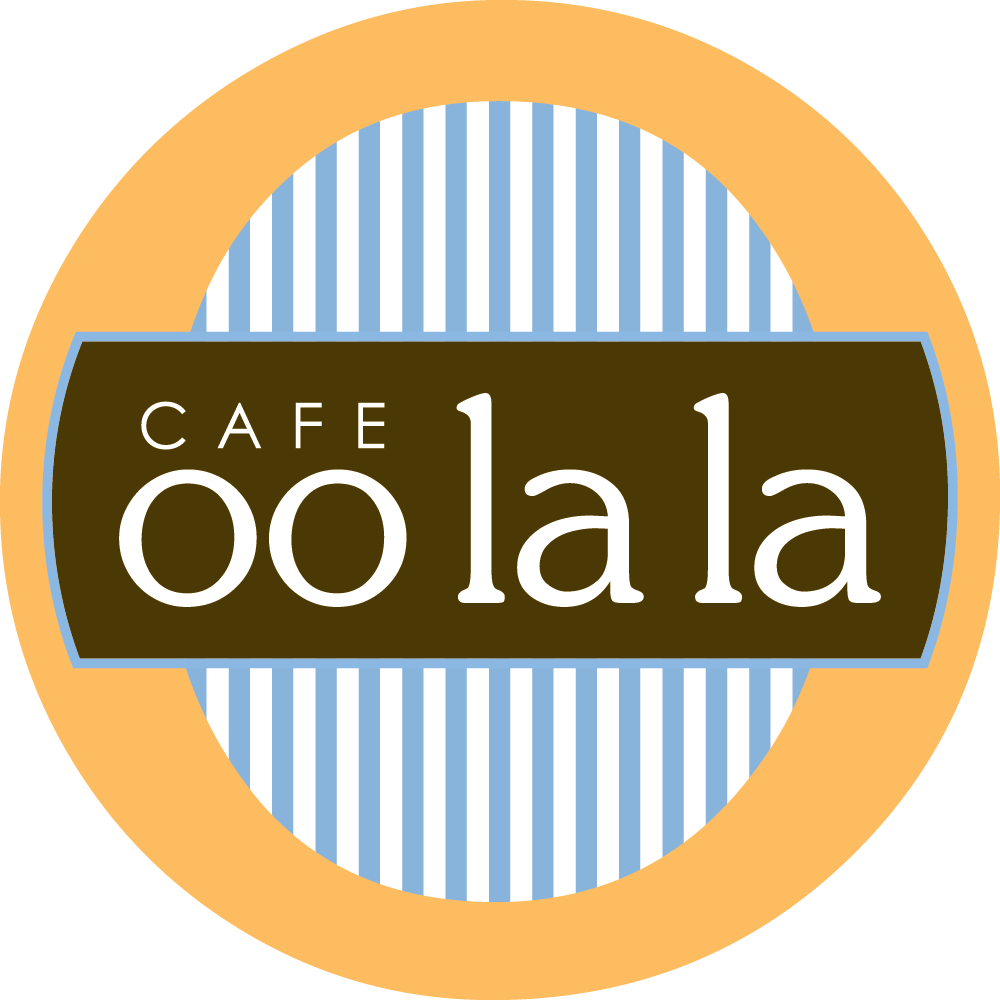Ó, ó (o-acute) is a letter in the Czech, Emilian-Romagnol, Faroese, Hungarian, Icelandic, Kashubian, Kazakh, Polish, Slovak, and Sorbian languages. This letter also appears in the Afrikaans, Catalan, Dutch, Irish, Nynorsk, Bokmål, Occitan, Portuguese, Spanish, Italian and Galician languages as a variant of letter “o”. It is sometimes also used in English for loanwords.
O&O Software develops award-winning windows software for PC-optimization, data imaging, backup, secure data deletion, data recovery and administration. OO is listed in the World's largest and most authoritative dictionary database of abbreviations and acronyms. OO - What does OO stand for? The Free Dictionary.
Usage in various languages[edit]
Chinese[edit]
In Chinese pinyin ó is the yángpíng tone (阳平, high-rising tone) of 'o'.
Czech and Slovak[edit]
Ó is the 24th letter of the Czech alphabet and the 28th letter of the Slovak alphabet. It represents /oː/.
Dutch[edit]
In Dutch, the acute Ó accent is used to mark different meanings for words, for example voor/vóór ('for' / 'before'), or vóórkomen/voorkómen ('to occur' / 'to prevent').
Emilian-Romagnol[edit]
In Emilian, ó is used to represent [o], e.g. sótt [sotː] 'dry'. In Romagnol, ó is used to represent [oː], e.g. alóra [aˈloːra] 'then'.
Faroese[edit]
Ó is the 18th letter of the Faroese alphabet and represents /œ/ or /ɔuː/.
Icelandic[edit]
Ó is the 19th letter of the Icelandic alphabet and represents /oṷ/.
Irish[edit]

Ó is widely used in Irish where it has various meanings:
- the prepositionó 'from'
- the patronymic termÓ 'grandson, (usually male) descendant', first or second cousin' (variants: Ua, Uí, Í Uaí).[1] When Irish names were anglicized, the Ó commonly was either dropped or written as O'.[2][3]
- the interjectionó 'oh'
Italian[edit]
In Italian, ó is an optional symbol (especially used in dictionaries) sometimes used to indicate that a stressed o should be pronounced with a close sound: córso[ˈkorso], 'course', as opposed to còrso[ˈkɔrso], 'Corsican' (but both are commonly written with no accent marks when the context is clear). A similar process may occur with é and è, as in *pésca, 'fishing', and *pèsca 'peach', in which the accent mark is not written (both are written as pesca).

Kashubian[edit]
Ó is the 23rd letter of the Kashubian alphabet and represents /o/. It also represents /u/ in southern dialects.
Hungarian[edit]
Ó is the 25th letter of the Hungarian alphabet. It represents /oː/.
Kazakh[edit]
It was proposed in 2018 that Ó should be one of their Latin alphabet to replace Ө and represents /œ/ (or /ʷœ/). The proposal has modified to Ö in the later 2019.
Ooni Pizza Oven
Polish[edit]
Ó is the 21st letter of the Polish alphabet, and represents /u/.
Portuguese[edit]
In Portuguese, ó is used to mark a stressed /ɔ/ in words whose stressed syllable is in an unpredictable location within the word, as in 'pó' (dust) and 'óculos' (glasses). If the location of the stressed syllable is predictable, the acute accent is not used. Ó /ɔ/ contrasts with ô /o/.
Scottish Gaelic[edit]
Ó was once widely used in Scottish, but it has now been largely superseded by 'ò'. It can still be seen in certain writings but is no longer used in standard orthography.

Spanish[edit]

Ó is used in the Spanish language to denote an 'o' vowel with abnormal stress.
Sorbian[edit]

Ó represents /uʊ/ in Upper Sorbian and represents /ɛ/ or /ɨ/ in, especially, Lower Sorbian.
Vietnamese[edit]
In Vietnamese alphabet ó is the sắc tone (high-rising tone) of “o”.
Character mappings[edit]
Google Classroom Jianziel Miss Grace 3 Grade
| Preview | Ó | ó | ||
|---|---|---|---|---|
| Unicode name | LATIN CAPITAL LETTER O WITH ACUTE | LATIN SMALL LETTER O WITH ACUTE | ||
| Encodings | decimal | hex | decimal | hex |
| Unicode | 211 | U+00D3 | 243 | U+00F3 |
| UTF-8 | 195 147 | C3 93 | 195 179 | C3 B3 |
| Numeric character reference | Ó | Ó | ó | ó |
| Named character reference | Ó | ó | ||
| EBCDIC family | 238 | EE | 206 | CE |
| ISO 8859-1/2/3/9/10/13/14/15/16 | 211 | D3 | 243 | F3 |
Key Strokes[edit]
- Microsoft Windows users can type an “ó” by pressing Alt+0243 on the numeric pad of the keyboard. [4] “Ó” can be typed by pressing Alt+0211
- In Microsoft Word, pressing Ctrl+’ (apostrophe), then O will produce the character ó. Pressing Ctrl+’ (apostrophe), then ⇧ Shift+O will produce the character Ó. [5] Remember to not press shift before apostrophe, as that will not type this character.
See also[edit]
References[edit]
- ^Dinneen, Patrick (1927), Foclóir Gaeḋlge agus Béarla, Dublin: Irish Texts Society
- ^'Anglicisation of Irish Surnames - Irish Names and Surnames'. www.libraryireland.com. Retrieved 2019-07-30.
- ^'The Anglicisation of some Gaelic Irish Surnames - translation and change - Irish Genealogy'. www.familyhistoryireland.com. Retrieved 2019-07-30.
- ^https://www.keyxl.com/aaadd7a/382/Spanish-Accents-Alt-Codes-keyboard-shortcuts.htm
- ^https://www.howtogeek.com/360252/how-to-type-accent-marks-over-letters-in-microsoft-word/
Ookla Speed Test
